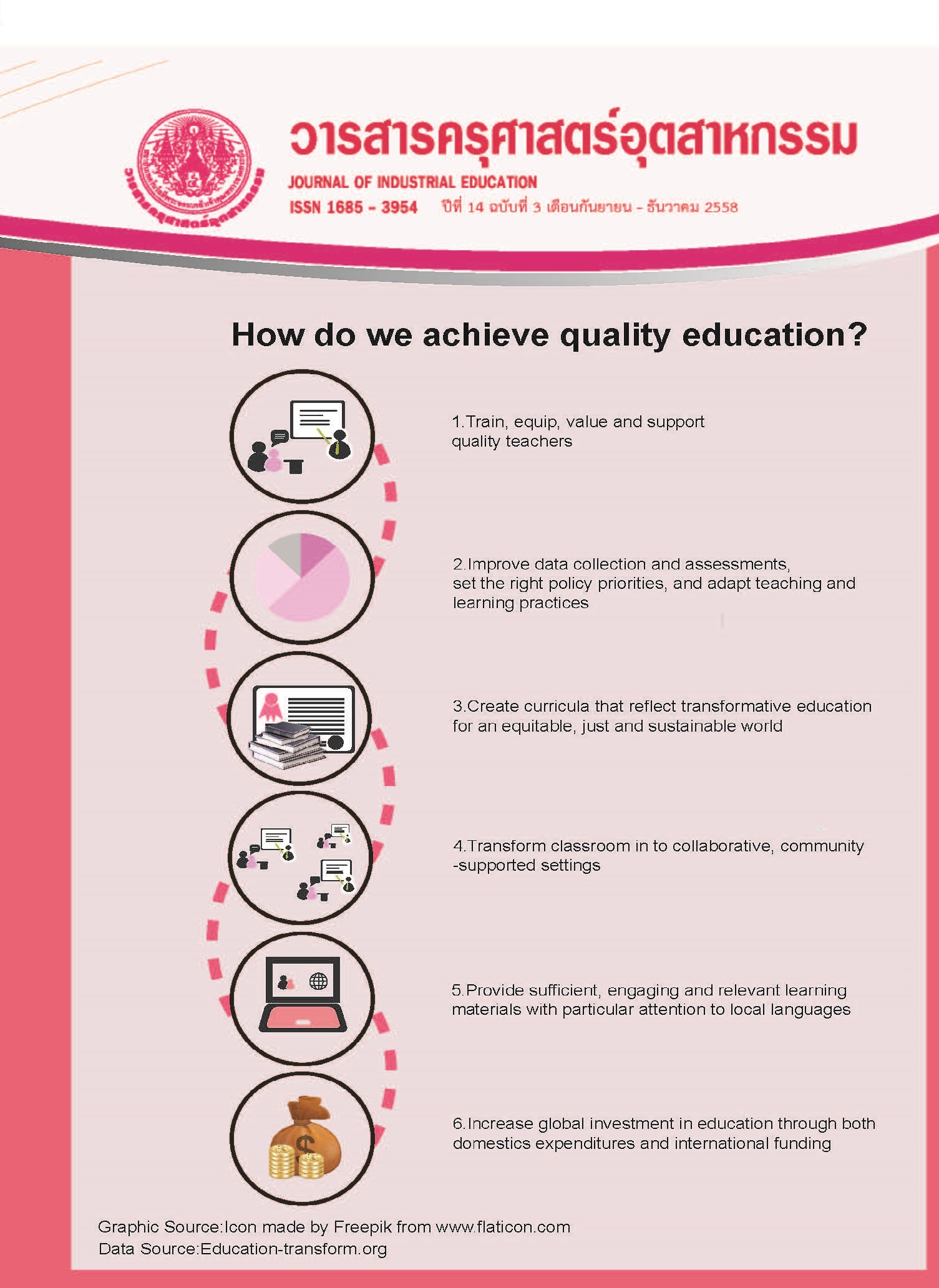Guidelines for Strengthening of the Student Council by Progressive Educational Approach for Schools under Phetchabun Primary Educational Service Area Office 2
Main Article Content
Abstract
The purposes of this research were as follows; 1. To construct the guidelines for strengthening the student council by progressive educational approach. 2. To study the result of using the guidelines and 3. To study the satisfaction towards that guidelines. The participants in this study were from 6 schools voluntarily (2 of large size schools, 2 of medium size schools, and 2 of small size schools). The participants comprised of 6 principals, 6 student council advisors (teachers), 40 classroom teachers and 66 members of student council. Instruments of research consisted of 1. guidelines and 2. participants journals. This study was action research. Data were qualitative data analyzed by meaning interpretation. Findings were 1. the guidelines for strengthening the student council by progressive education consisted of principals, teachers, students preparing and experiential learning processes. 2. Results of the usage of these guidelines were a) all 6 student councils were able to initiate and implement desired activities b) these desired activities could contribute to students’ communities, under student councils leadership c) most of these student councils could conduct activities conserving cultural heritages and assimilating local wisdom d) all 6 student councils successfully led school student to involving activities of community. 3. All principals and student council advisors were highly satisfied with these guidelines. ( = 4.42, S.D.= 0.51) Principals and student council advisors realized benefits and positive effects concerning the management of both in-classroom and out-of-classroom from the implementation of these guidelines.
Article Details
"The opinions and contents including the words in papers are responsibility by the authors."
"ข้อคิดเห็น เนื้อหา รวมทั้งการใช้ภาษาในบทความถือเป็นความรับผิดชอบของผู้เขียน"
References
[2] สำนักงานคณะกรรมการการศึกษาขั้นพื้นฐาน. 2551.สภานักเรียนหลักการและแนวทางในการดำเนินงาน. กรุงเทพฯ:โรงพิมพ์ชุมนุมสหกรณ์การเกษตรแห่งประเทศไทย.
[3] พงษ์ศักดิ์ เสคุคุมพัตถ์. (2557, 23 มิถุนายน).ผู้อำนวยการโรงเรียนวัดนากระรอก. [สัมภาษณ์].
[4] สุรินทร เสถียรสิริวิวัฒน์. 2556.ปรัชญาการศึกษากับการจัดการศึกษาในระดับการศึกษาขั้นพื้นฐาน. วารสารครุศาสตร์อุตสาหกรรม, 12 (1), น. 220-228.
Satiansiriwiwat, S. 2012.Philosophy of Education and Management in the Basic Education Standard. Journal of Industrial Education, 12(1), p. 220-228.
5. Gentile, S. K.. 2014. From Listening to Empowering: A Study of High School Principals’ Perceptions of Student Voice in Classroom Instruction. Doctor of Education,University of Pittsburgh. ProQuest LLC (2015).UMI 3690754.
[6] ประยงค์ รณรงค์. 2558. บันทึกประสบการณ์.กรุงเทพฯ: สถาบันพัฒนาทรัพยากรมนุษย์ธนาคารเพื่อการเกษตรและสหกรณ์การเกษตร.
[7] ชัยฤทธิ์ โพธิสุวรรณ. 2544.การศึกษาผู้ใหญ่: ปรัชญาตะวันตกและการปฏิบัติ.กรุงเทพฯ: มหาวิทยาลัยเกษตรศาสตร์.
[8] Cross, B., Hulme M. and Mckinney S.. 2014.The last place to look : the place of pupil councils within citizen participation in Scottish schools. Oxford Review of Education,40 (5), 628-648.
[9] Hotam, Y. and Hadar, L. L.. 2013. Pedagogy in practice: the pedagogy of a learning setting as students experience it. Oxford Review of Education, 39 (3), P 385-399.

